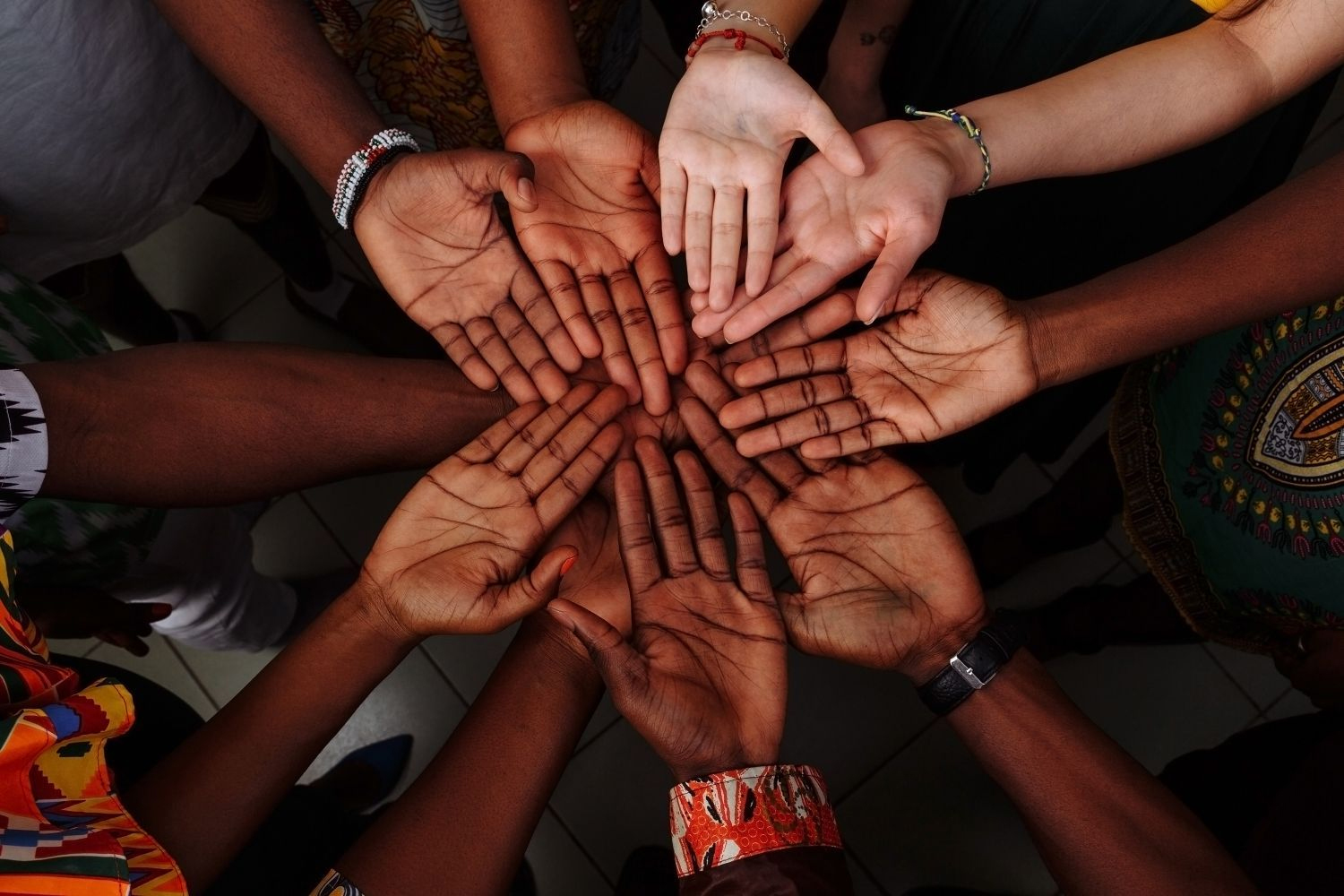During the peak of COVID-19 lockdowns, we shifted to a virtual reality, and some said physical events were obsolete. However, as soon as restrictions were lifted, people flocked back to physical spaces. Airlines saw travel pick up significantly and even coined the resurgence ‘revenge travel’. This trend mirrored post-Spanish flu behavior, where people sought to reclaim lost time. We all wanted to ‘regain’ our lives.
While we could argue the ‘new normal’ is really the old normal, we must be careful not to miss the subtle changes that have occurred. Yes, ‘in-person’ activities are thriving, but the criteria for attending them have changed. With everything available at our fingertips, there must be a compelling reason to show up in-person. In Nigeria, for instance, braving traffic, very hot weather, subsidy-free transportation, and other personal barriers means there must be a significant benefit. That benefit is community.
This is why a young man I spoke with recently, living a very comfortable life earning dollars and spending in naira still wants to ‘japa’. He told me he was lonely, in his circle of six friends, he is the only one still in Nigeria. In a world where you have any information you want at your fingertips, you don’t show up in places because of information – you can get it faster, cheaper and with less stress online. But people seek community, not just knowledge; human connection is essential.
What does this mean for individuals and organizations?
- As an individual, find your community: Community is crucial. If your current community feels like an obligation rather than a source of inspiration, reassess your involvement. Seek a community that inspires you to grow, makes you want to connect, and motivates you to engage.
- As a business owner, build communities around your product or service: For business owners, go beyond transactions and create a community around your offering that adds value to your customers. This value could be around useful information, resources, or even curated events that bring your customers together. Most often, this value is meeting an emotional need. Ask Apple or Hans N Rene. However, it is not ‘copy and paste’, communities work because it’s tailored to meeting the needs of a specific audience.
- As an organization, clearly define your tribe: As an organization clearly identify your target audience and what you stand for. People want to belong to something specific. We are all already part of many groups – what makes you distinct? The value proposition needs to be specific, targeted, and relevant. Make it easy for like-minded individuals to connect with you. It’s no longer about how big, but how engaged.
I am convinced that the ability to build communities is a ‘superpower’ in today’s landscape and an imperative for any organization – physical or virtual.
What do you think? How does community impact your decision for involvement? I would love to hear your thoughts.
Yours in possibilities,
TKO
P.S. – In the spirit of practicing what we preach, we are launching a community around UNLEASH. UNLEASH Hub is a focused community of young change-makers designed to equip students and early-stage professionals with the tools, knowledge, and network to seize uncommon opportunities. It’s the brainchild of our UNLEASH Leaders, and I can’t wait to share details with you soon. Stay tuned!

